Speakers
Christophe Bailly
Title: "Aeroacoustics of space launchers at lift-off"
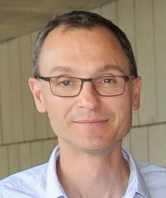
Abstract:
Lift-off is undoubtedly the most critical phase in the life of a space launcher, both for the payload carried and for the integrity of the launch pad itself. The pressure waves emitted by the solid rocket motors during start-up and the noise of the propellant jets impacting the launch pad stress the entire structure of the launcher. Extreme sound pressure levels are measured, inducing a high acoustic loading in terms of surface pressure fluctuations on the launcher. Modelling the aeroacoustic environment of space launch vehicles is mainly motivated by vibroacoustic issues, but the increasing frequency of launches (over 200 hundred per year) also raises environmental concerns. The rocket noise sources and some wave damping systems implemented on new launch pads will be introduced. Strategies based on high-fidelity numerical simulation of the compressible Navier-Stokes equations will then be examined to predict fluctuating pressure correlations on the launcher surface, and to predict the radiated acoustic field, including nonlinear effects.
Bio:
Christophe Bailly is a Professor of Fluid Mechanics and Acoustics at the Ecole Centrale de Lyon in France and is currently the head of the Fluid Mechanics and Acoustics Laboratory (LMFA, UMR 5509). He graduated from Centrale Lyon (1990), received his PhD in Aeroacoustics from the Ecole Centrale Paris (1994) and worked one year at the CNES. He is a former member of the Institut Universitaire de France (2007). His research activities lie in the area of turbulence, aeroacoustics and sound propagation. He is co-author with Geneviève ComteBellot of one textbook in turbulence (2nd version in English), has authored or co-authored more than 120 Papers in refereed Journals and co-supervised over 30 PhD. He is the recipient of the medal of the Air & Space Academy (Toulouse, 2016), of the 2020 CEAS Aeroacoustics Award and of the French Medal 2023 of the French Acoustical Society. He is currently an Associate Editor of the American Institute of Aeronautics and Astronautics Journal.
Alessandro Carrella
Title: "From Rockers to Rockets: The DFAT® Revolution in Acoustic Testing"
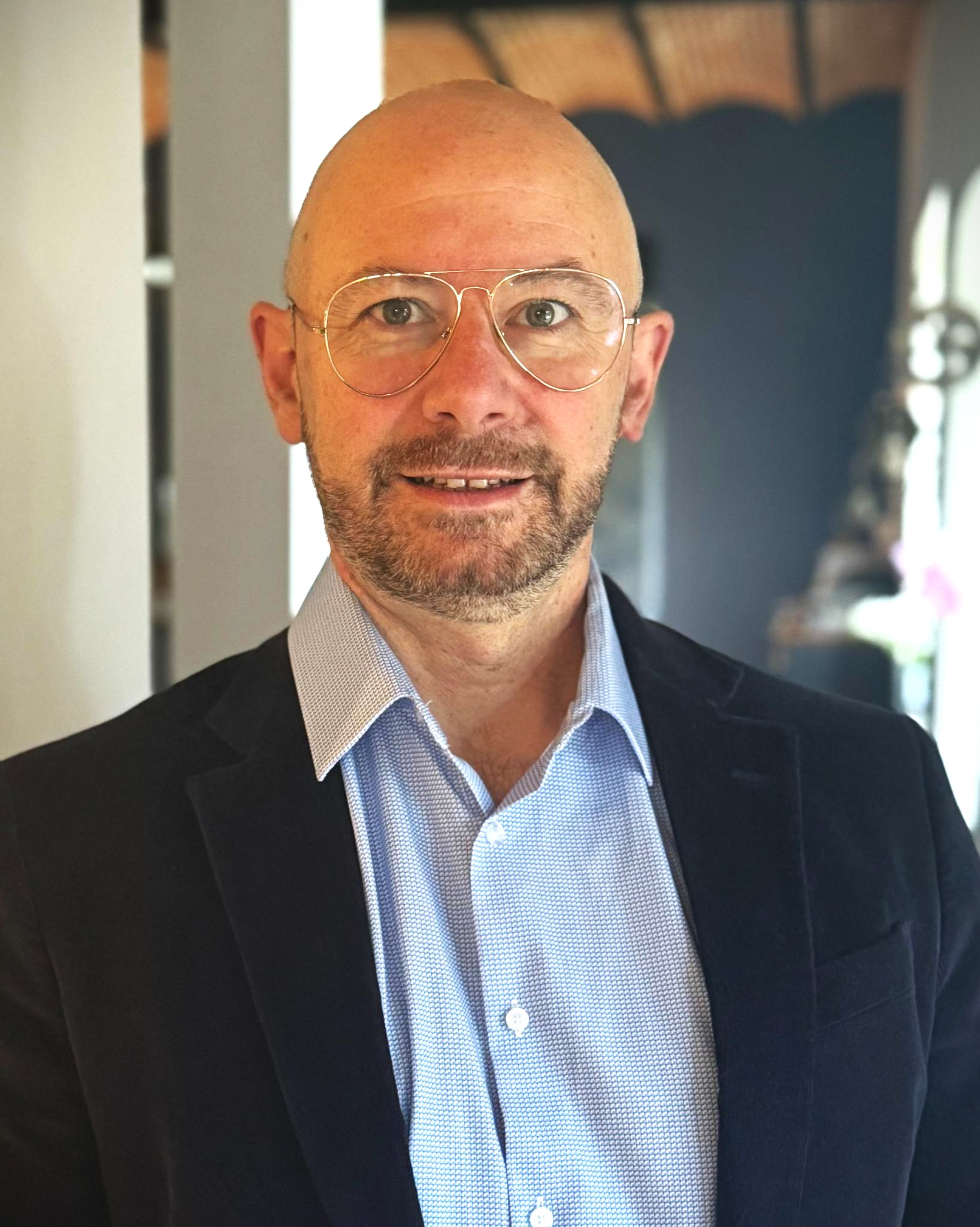
Abstract:
When in 1964 "A Hard Day’s Night" by The Beatles topped U.S. charts, NASA was building the Vibration and Acoustic Test Facility (VATF) — the first facility designed for the Apollo program to simulate the vibro-acoustic environment of launch ascent. At the same time in Baltimore, MSI opened its doors, powering concerts for legends like Frankie Valli and Sly and the Family Stone. Fast forward 33 years, and NASA reached out to MSI with a bold idea: could high-power professional loudspeakers be used to test space hardware? The goal was simple — reduce costs and risks by eliminating the need to transport spacecraft across the country for acoustic testing. This marked the birth of Direct Field Acoustic Testing (DFAT). Over the past 25 years, nearly 250 satellites have been qualified using DFAT, a method that has evolved significantly in both sound generation and acoustic field control. However, the versatility of DFAT is mostly undervalued, as the control capability of the sound field exceeds that of the ubiquitous reverb chambers, and novel and more refined testing procedures can be developed. In this talk, I’ll guide you through the journey of DFAT — from its origins to today’s state-of-the-art — and offer a glimpse into the future of acoustic testing of space hardware.
Bio:
Alessandro ‘Alex’ Carrella has a degree in Aerospace Engineering from the University of Naples (Italy) and was awarded a PhD in Structural Dynamics at the ISVR (University of Southampton, UK). He completed his studies with an International Executive MBA at the Universite Louvain-la-Neuve. Alex was a lecturer in Structural Dynamic at the Dept of Aerospace at the University of Bristol. From 2011 to 2020 he worked in different roles to develop testing solutions for the aerospace industry at Siemens (formerly LMS) in Leuven (Belgium). He has (co-)authored dozens of peer-reviewed and conference papers as well as a book on structural dynamics. Over the past 10 years, Alex has become a referent point for the Space Industry for vibration and acoustic testing, especially as a leading figure in advancing DFAT practices and as an active member of the space testing community. In 2021 Alex joined MSI-DFAT to direct the international office in Belgium, and now shaping MSI-DFAT’s future as VP for Strategy & Growth.
Eleni Chatzi
Title: "Monitoring and Twinning of Engineered Systems or Everything, Everywhere, All at Once"
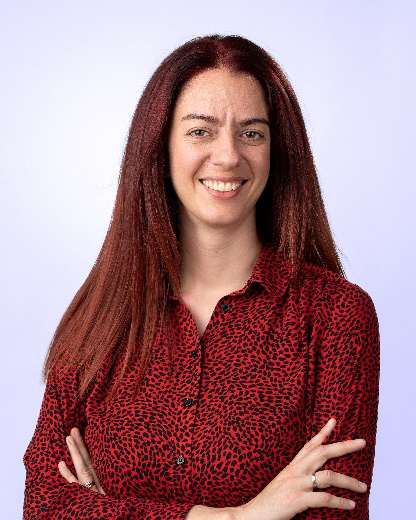
Abstract:
To ensure resource-efficient and resilient operation of engineered systems and critical infrastructures, it is crucial to understand their current performance. This can be achieved through Structural Health Monitoring (SHM). For advanced SHM tasks or creating a digital twin of a monitored structure, integrating knowledge from physics-based models, which rely on underlying mechanics, is essential. This talk explores implementing a hybrid approach to SHM to address the challenges of robust monitoring, twinning, and predictive maintenance of engineered systems. We offer a view to exploiting various flavours of physics-enhanced Machine Learning by balancing the physics and data at hand. The outcome is virtual representations capable of representing structures as-is, anticipating performance under future stressors, and advising on preventive and remedial actions.
Bio:
Eleni Chatzi (b. 1981) is Full professor and Chair of Structural Mechanics and Monitoring at ETH Zurich. She is the current President of the European Academy of Wind Energy (EAWE). Her research explores the synergy of models (structural mechanics) and data (monitoring). Her work in the domain of self-aware infrastructure, has been acknowledged amongst other with an ERC Startling Grant (2015), the 2020 Walter L. Huber Research prize, the 2020 EASD Junior Research Prize, and the 2024 SHM Person of the Year award.
Elizabeth Cross
Title: "Modeling structures with physics and data"
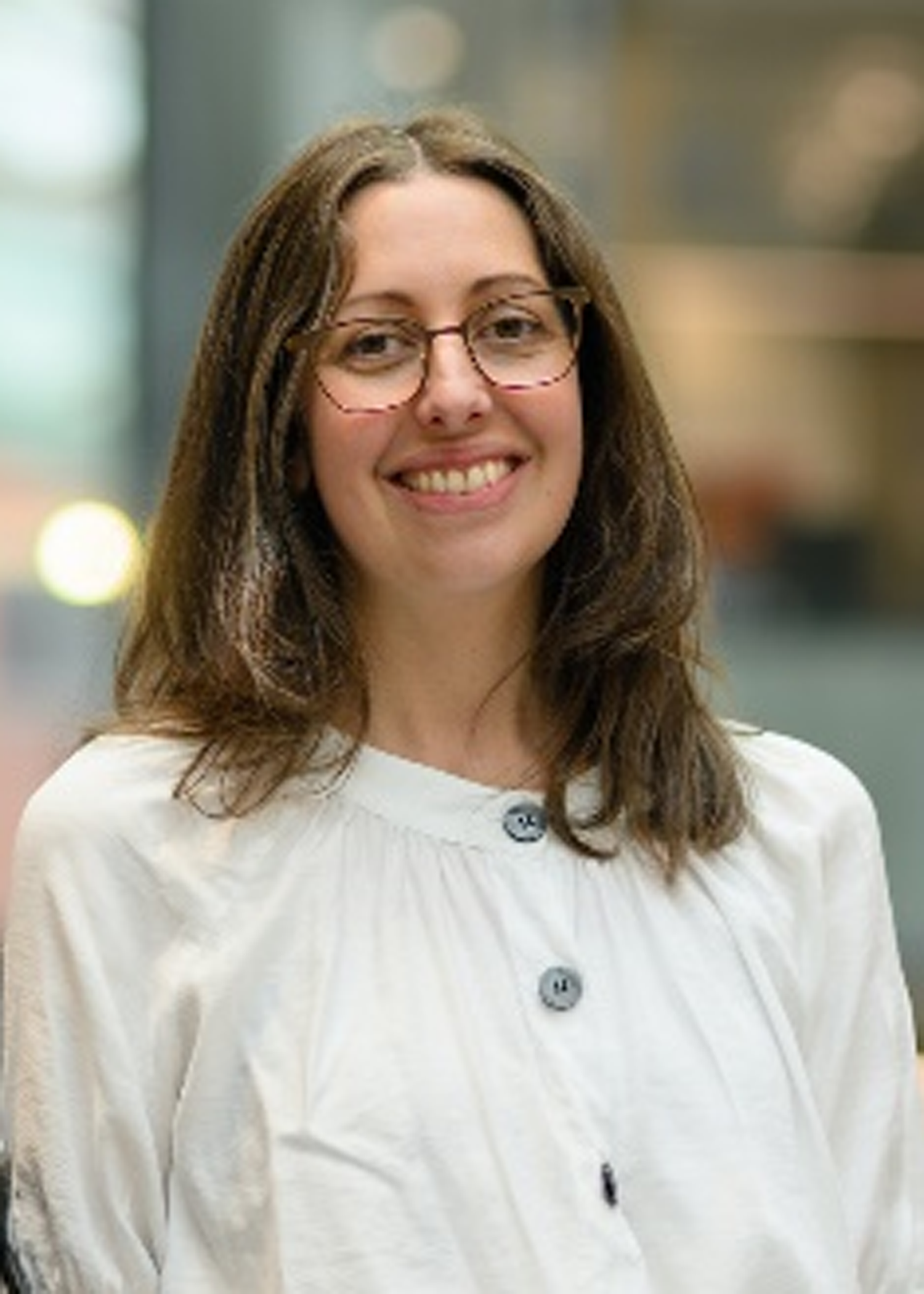
Abstract:
The use of machine learning in engineering, and particularly in Structural Health Monitoring, is becoming more common, as many of the inherent tasks (such as regression and classification) in developing condition-based assessment fall naturally into its remit. This talk will focus on probabilistic approaches to physics-informed machine learning, where one adapts ML algorithms to account for the physical insight an engineer will often have of the structure they are attempting to model or assess. We will show how grey-box models, that combine simple physics-based models with data-driven ones, can improve predictive capability in an SHM setting – both in terms of accuracy and confidence. The talk will also consider interpretability, considering when the incorporation of physics does and does not enhance how much we understand about a model.
Bio:
Elizabeth Cross is a Professor in the Dynamics Research Group at the University of Sheffield, with research interests spanning the fields of structural health monitoring (SHM), machine learning, and nonlinear system identification. Most of her research projects focus on the analysis of large datasets from monitored structures, where she employs data-driven algorithms to extract useful information. However, she has recently completed an EPSRC Innovation Fellowship, pioneering a physics-informed machine-learning approach to these problems. Lizzy is a co-director of the Laboratory for Verification and Validation, a state-of-the-art dynamic testing facility (lvv.ac.uk). She has published over 170 articles, including 50+ journal papers and 8 invited book chapters. She serves as an Associate Editor for the Cambridge Press Data-centric Engineering journal, as well as for the open-access journal of Structural Dynamics. She was awarded the Achenbach medal, which recognizes an individual (within 10 years of PhD) who has made an outstanding contribution to the advancement of the field of SHM in 2019.
Stephen Elliott
Title: "From impossible to commonplace, the development and future of active control"
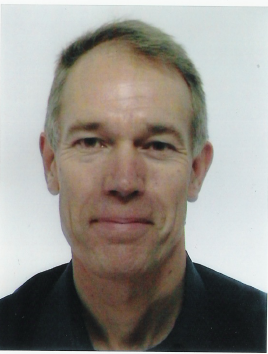
Abstract:
Although the idea of reducing sound by destructive interference with a controllable secondary source has been around since the 1930s, it was only an improved understanding of the physical principles of active control in three-dimensional spaces and the development of digital control algorithms, in the 1980s, that made active control practical. This talk will briefly discuss these developments and the importance of a few key application, specifically active headphones and the active control of sound inside propeller aircraft and cars. The active control of engine noise in cars was initially believed to be impossible, due to the rapid changes in the frequency and amplitude of the engine orders during acceleration and deceleration, but adaptive filtering techniques proved well suited to tracking these tones. Nevertheless, it took 25 years from the initial demonstration of such a system until its cost of became affordable in this application and it became commonplace, with systems installed by many automotive manufacturers.
Bio:
Steve Elliott graduated with first class joint honours in physics and electronics from the University of London, in 1976, and received his PhD from the University of Surrey in 1979 for a dissertation on musical acoustics.
He was appointed Lecturer at the Institute of Sound and Vibration Research (ISVR), University of Southampton, in 1982, was made Senior Lecturer in 1988, Professor in 1994, and served as Director of the ISVR from 2005 to 2010, before retiring in 2022. His research interests have been mostly concerned with the connections between the physical world, signal processing and control, mainly in relation the active control of sound using adaptive filters and the feedback control of vibration. This work has resulted in the practical demonstration of active control in propeller aircraft, cars and helicopters. His more recent research interests have included modular systems for active sound and vibration control and modelling the active processes within the cochlear. Professor Elliott has published over 300 papers in refereed journals and 600 conference papers, which have received over 30,000 citations. He is co-author of Active Control of Sound (with P A Nelson 1992), Active Control of Vibration (with C R Fuller and P A Nelson 1996) and author of Signal Processing for Active Control (2001). He is a Fellow of the Acoustical Society of America, was jointly awarded the Tyndall Medal from the Institute of Acoustics in 1992 and the Kenneth Harris James Prize from the Institution of Mechanical Engineers in 2000. He was made a Fellow of the Royal Academy of Engineering in 2009 .
Karl Janssens
Title: "AI-supported Physical Testing"
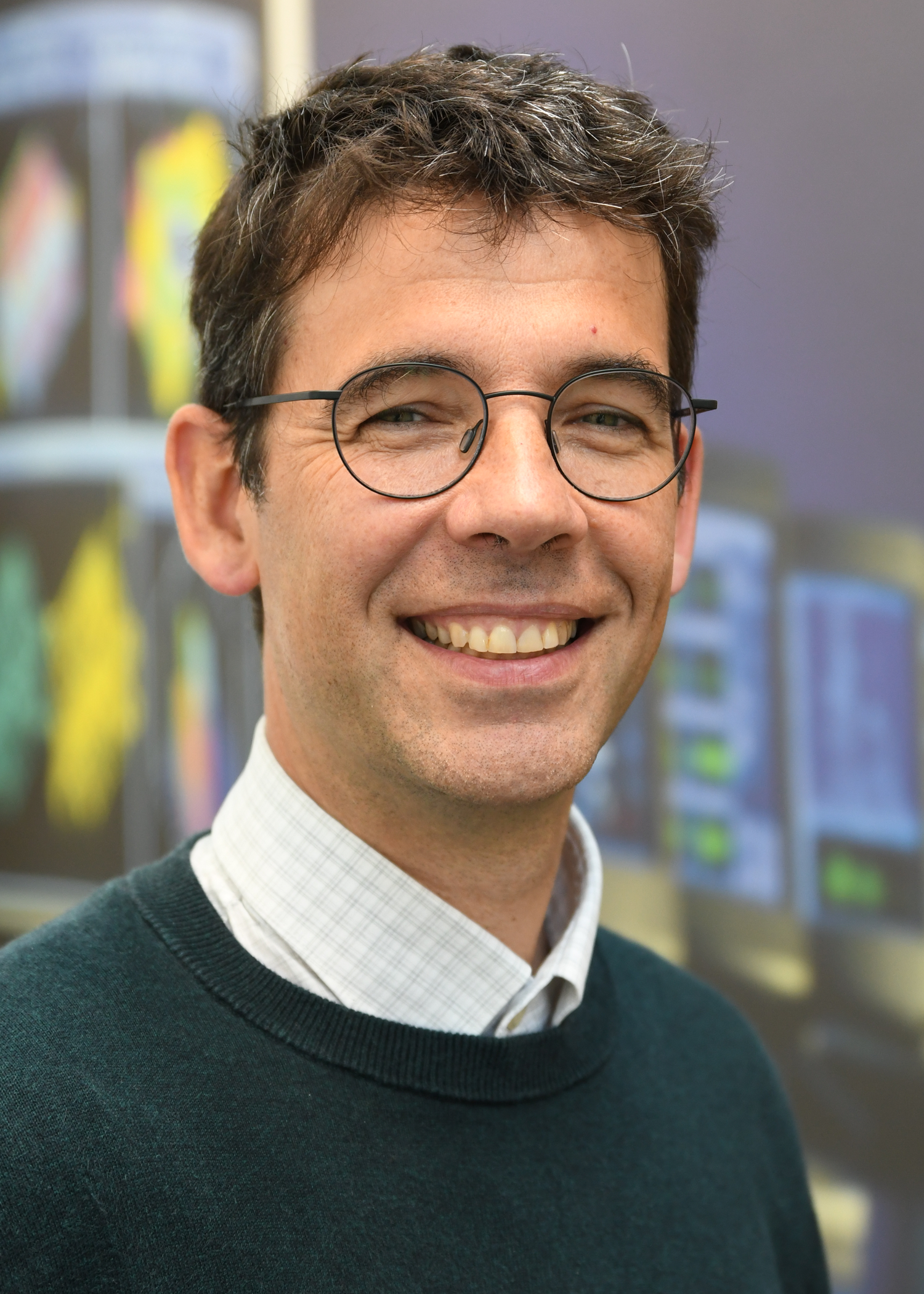
Abstract:
This lecture will discuss how artificial intelligence (AI) can be leveraged to enhance physical testing processes in the automotive and aerospace industries. More specifically, the goal is to leverage AI-driven methodologies to improve the efficiency of testing campaigns, support quality checks of sensor data, gain insights, and create digital twin models from experimental data. The role of AI in physical testing will be illustrated with several examples, such as:
- automated detection and correction of NVH measurement errors,
- automated modal analysis for structural dynamics applications,
- early-stage prediction of product performances from large historical data,
- data-driven virtual sensors for automotive proving ground testing,
- automated detection and classification of faults in vehicle end-of-line testing.
Additionally, the lecture will discuss physics-guided data augmentation, which uses simulation or test-based models to generate synthetic datasets that expand the coverage of experimental conditions. This approach addresses the problem of data scarcity, ensures the physical plausibility of augmented data, and improves the robustness of AI models by effciently simulating different operating conditions and anomalies.
Bio:
Dr. Karl Janssens received his Engineer diploma (1995) and PhD degree (1999) from the Katholieke Universiteit Leuven, Belgium. In 2001, he joined LMS International, an engineering innovation company, developing advanced testing and simulation tools for mechatronic product design. Since 2014, following the acquisition of LMS International by Siemens, he has been RTD division manager, responsible for technological innovation related to physical testing in various domains such as structural dynamics, acoustics, shock and vibration testing, rotating machinery and transfer path analysis, and research into new sensor technologies, model-based testing methods and artificial intelligence.
Vincent Lanfranchi
Title: "Electric Machines: Noise from Electromagnetic Origin"
Abstract:
This keynote will deal with the way the acoustic noise of electromagnetic origin is built. The necessity to use PWM (Pulse Width Modulation) methods will be explained with constraints and limits with a special focus on acoustic noise. Other main criteria like losses in electrical machine and in power electronic or torque quality will be also taken into account.
Bio:
Vincent LANFRANCHI received his Ph.D. degree in electrical engineering from the University of Reims (France) in 2000. He is now full professor at the Universite de Technologie de Compiegne. His teaching areas are electrical engineering and mechatronic. He is head of Mechatronic, Energy, Electricity and Integration team of ROBERVAL laboratory. His main research interest is design of electrical systems with multi-physic approach. It also focuses on harmonic behavior including converter-machine interactions and Pulse Width Modulation strategies.
Ivan Ngan
Title: "Vibroacoustic environment of spacecraft at launch – an overview and the challenge"
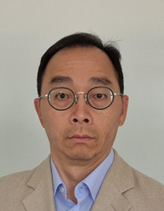
Abstract:
Spacecraft is designed to withstand high acoustic noise environmental in order to be qualified for launch. The main noise source starts with the powerful rocket motors which generate high fluctuating turbulence flow upon iginiton. Depending on the design of the launch pad and its flame deflector, the associated noise that propagates towards the top of the rocket is usually from a combination of reflected and exhausted flow in subsonic and supersonic regimes. The pressure level exerts on the spacecraft is thus a result of dynamic interaction of the excited fairing structure and the fairing cavity. On ground, such pressure is being idealized with a diffuse field load in test as well as in simulation. Large appendages and panels on spacecrafts are particularly susceptible to direct acoustic pressure whereas instruments installed on a spacefract are mostly more sensitive to the random vibration load as a by-product of vibroacoustic responses of panels. This keynote intends to provide first an overview on the developments cycle of spacecraft to cope with the demanding environment and the challenge to improve our understanding and modelling of the vibroacoustic environment of spacecraft.
Bio:
Ivan Ngan has been working as structures engineer at the European Space Agency for over 24 years. Prior to this position, he worked in major engineering software houses as well as in the civil engineering field, always in his preferred domains of structures, structural dynamics and numerical simulation. His interest on acoustic or more precisely vibro-acoustic was developed with his early involvement of space instrument development of which acoustically induced random vibration loads have always been a design driver. He was later on nominated to the Working Group of the European launcher VEGA with a mandate to assess the acoustic environment. Throughout his tenure at ESA, he worked on the development and verification of many ESA’s flagship projects and has also tutored numerous trainees, young graduates and PhD students. He contributes frequently to ECSSMET conference papers in the field of structural dyanmics and vibro-acoustics. Currently, he is co-chairing the ESA’s Direct Field Acoustic Noise Test Working Group. He holds a Master’s and Bachelor’s degrees from Imperial College, London.
Dong Chul Park
Title: "What Sounds Appeal to High-Performance Car Enthusiasts? The Sound Design Story and Technology for HP EVs"
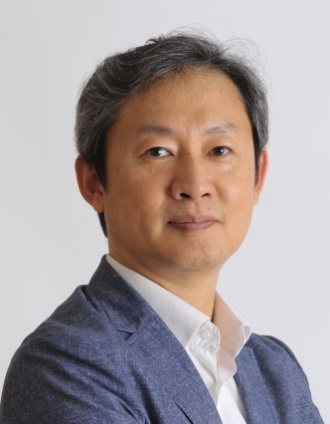
Abstract:
Active Sound Design (ASD) technology has been used in internal combustion engine (ICE) vehicles to enhance driving dynamics and the experience. In vehicles without internal combustion engines, such as electric vehicles (EVs), there is greater freedom to develop sounds, but opinions vary on what sounds are appropriate for EVs.
In this talk, I will present a showcase of driving sound design for electric vehicles and share findings from a customer preference study. Electrification is a significant trend even in high-performance vehicles. However, to make driving enjoyable and functional, we need different or similar sounds and vibrations than those found in internal combustion engines. I will introduce new sound and vibration technologies, N Sound+ and N e-shift, which were applied to our newly launched high-performance EV in 2023, aiming to create new driving pleasures and engagement.
Bio:
Dong Chul Park has been working at Hyundai Motor Company as an NVH (Noise, Vibration, and Harshness) and Sound Quality specialist since 1996. He received his BS, MS, and Ph.D. degrees in Mechanical Design Engineering from Seoul National University, Korea, in 1990, 1994, and 1996, respectively. Currently, he is a research fellow and leader of the Sound Design Research Lab at Hyundai Motor Group.
His major work involves sound design for internal combustion engines, electric vehicles, and electric warning sounds. He is also responsible for active sound design and active sound control systems as mass production solutions. His research areas include psychoacoustics, the development of new sound design methods, strategies for brand sound, and sound design for next-generation mobility and soundscapes.
Roland Sottek
Title: "Psychoacoustic future begins"

Abstract:
The psychoacoustic future is upon us, and it will revolutionize the way we understand our perceptions of sound. The Sottek Hearing Model provides a comprehensive framework for understanding the nuances of sound perception, including such aspects as loudness, tonality, roughness, fluctuation strength, sharpness, and impulsiveness. These psychoacoustic indicators are typically employed to construct sound quality metrics for the analysis of complex sound scenarios, such as those encountered in soundscape applications. Furthermore, sound quality can influence the health and well-being of individuals within a specific environment. It is therefore of the utmost importance that the definition of good sound quality in a given context is as precise as possible.
The lecture provides an overview of the various psychoacoustic indicators based on the Sottek Hearing Model. The principal model was first published more than three decades ago as part of a doctoral thesis. Over the past few decades, the model has been refined and recently standardized in the international standard ECMA 418-2. This standard addresses several psychoacoustic parameters, including a new approach to time-varying loudness based on a nonlinear combination of partial tonal and noise loudness. This is the preferable approach because the loudness of tonal components (i.e., tonal loudness) may have a more pronounced impact on loudness perception than the loudness caused by other components (i.e., noise loudness). Other standardized parameters include tonality and psychoacoustic modulation analyses. These comprise roughness, which is employed to evaluate rapidly modulated sounds (standardized in ECMA 418-2), and fluctuation strength, which is an adapted model for slowly modulated sounds (planned for standardization in December 2024). Moreover, an outlook is provided on additional parameters that are currently under consideration for future standards, including sharpness and impulsiveness. Furthermore, the presentation will offer insights into the significance of psychoacoustic parameter values in the development of sound quality metrics for various applications.
Bio:
Professor Dr.-Ing. Roland Sottek has served as Adjunct Professor in Psychoacoustics at the Division of Applied Acoustics at Chalmers University of Technology since 2016. He received a diploma in electrical engineering from the Technical University of Aachen in 1987 and was awarded his doctorate in 1993 for his dissertation entitled "Signal Processing Model of the Human Auditory System." From 1987 to 1988, he held the position of scientist at the Philips Research Laboratory in Aachen. In 1989 he joined HEAD acoustics, where he initially served as Principal Scientist and subsequently assumed the role of Head of the HEAD Consult NVH department. In 2002, he was appointed Head of the newly established HEAD Research NVH department. In June 2023, he received the new role of Chief Scientific Advisor, which entails providing direct scientific expertise to the Managing Director.
Throughout his employment at HEAD acoustics, he has been involved in a wide range of consulting activities, primarily related to automotive applications, in addition to 18 publicly funded national and international research projects. He has authored or co-authored over 150 publications and has supervised more than 30 theses. His current research activities are focused on the development of models of human hearing, psychoacoustics, and the localization and characterization of sound sources. Additionally, he is engaged in research related to noise engineering and digital signal processing, as well as experimental and numerical methods for sound-field calculation.
|












